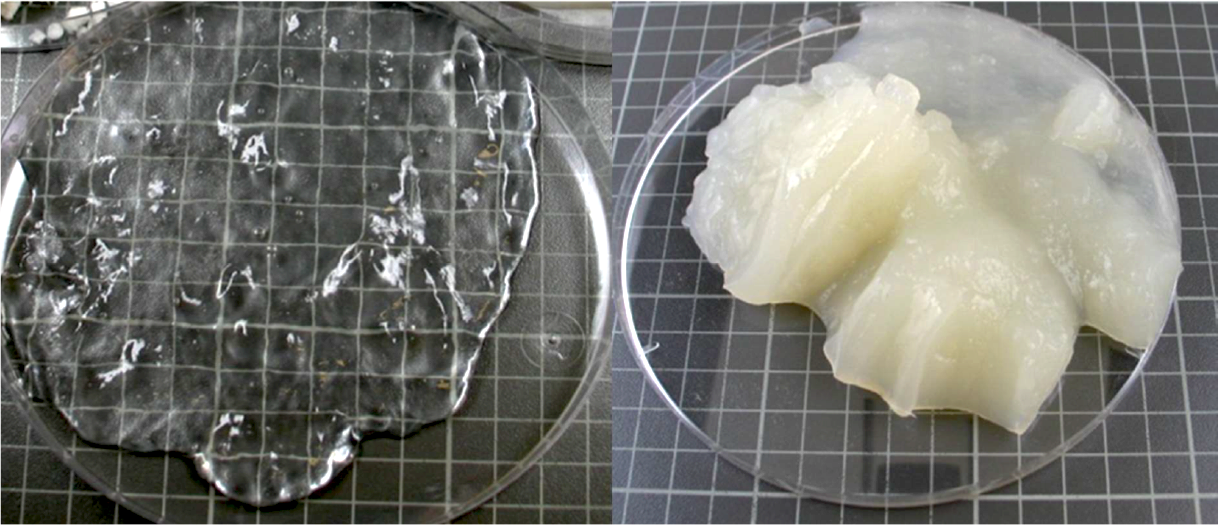Nanocellulose – The Next Super Material
Cellulose nanomaterials are cellulose-based materials that have one or more of their external dimensions at the nano-scale, i.e. between 1 to 100 nm. Based on their production method, size and other properties, cellulose nanomaterials are generally divided into three classes: cellulose nanofibrils (CNF), cellulose nanocrystals (CNC) and bacterial cellulose (BC).
Cellulose nanomaterials have many unique properties making them potential for numerous applications. The most important properties of cellulose nanomaterials are their strength, rheological properties, reactivity and tendency for film formation. In addition, they are produced from renewable natural resources and according to the present knowledge, are safe to produce and use.
Cellulose nanofibrils (CNFs) are generally manufactured from wood pulps, but annual plants offer an alternative source. CNFs are manufactured by mechanical treatments, for example by grinding, homogenization or microfluidisation. During mechanical treatment, the microfibrils forming the fibre cell wall are separated from each other, and as a result a viscous gel is formed, consisting of individual nano-scale fibrils with width generally between 20-40 nm and length of several micrometers.

Figure. Left: Cellulose nanofibril gel produced by Masuko grinding.(Image source: Tiina Pöhler, et al., VTT (2010)
Right: Scanning Electron microscope (SEM) image of cellulose nanofibrils. Scale: 100 nm (Image source: VTT).
Chemical and enzymatic treatments can be applied to ease the fibrillation, and thus decrease the energy needed to achieve adequate fibrillation level. With chemical and enzymatic pretreatments, the resulting cellulose nanofibril material is generally more homogeneous than that formed by mechanical treatment alone and more individual nanofibrils with smaller width are formed. Common chemical treatments for preparation of cellulose nanofibrils are TEMPO (2,2,6,6-tetramethylpiperidine-1-oxyl) mediated oxidation5 and carboxymethylation. Enzymatic pretreatments are often performed with endoglucananase, which is believed to degrade cellulose from the amorphous parts of the cellulose fibrils.

Figure. Cellulose nanofibrils produced by TEMPO mediated oxidation (left) and carboxymethylation as the pre-treatment. (Source: Tiina Pöhler, et al., VTT (2010))
Potential technical applications for nanocellulose are:
• Light materials with increased strength
• Fibre-based packaging and composites
• Polymer composites
• Strong yarns
• Rheology modifier
• Smooth, transparent films
• Barrier materials
• Substrates for printed electronics
• Electronic displays
• Coloured films
• Water absorbing, retaining and releasing materials
• Medical applications
• Hygiene products
• Reactive networks
• Membranes
• Porous structures
(Text source: Guide to cellulose nanomaterials – English summary (2014) , Authors: Heli Kangas, VTT, RESEARCH REPORT VTT-R-05013-14)

